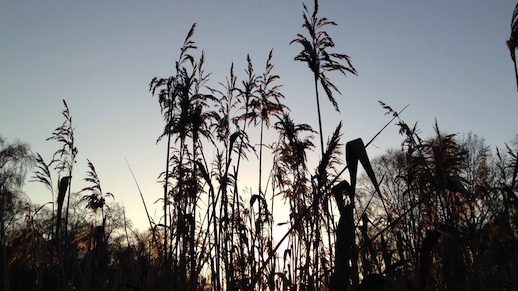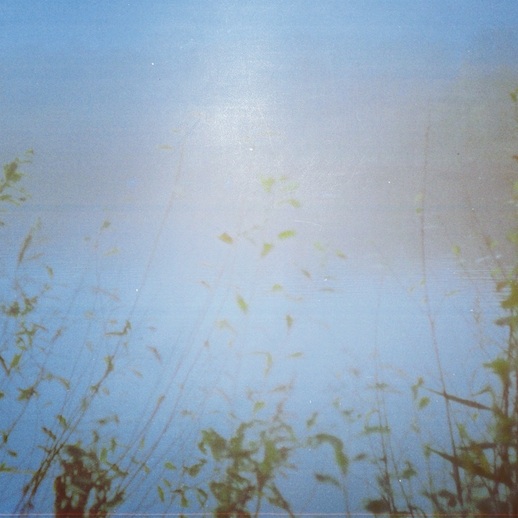A perpetual twilight and dawn river run in The Fens
Words and pictures by Simon Scott.
Ronald Blythe once wrote that ‘landscape is among the most potent of influences which form and govern us. We begin, simply and involuntarily, by taking it as part of the indigenous nourishment at hand when we enter the world, and we eventually need and accept it as a philosophy’. I am personally connected to The Fens by an invisible thread that was tied during my childhood visits to this environment. I was born in Cambridge but lived on the edge of this landscape until I moved away during my teenage years. I now reside here today, after a grey decade living outside of East Anglia, and I am continuously astonished and inspired by this unique landscape. Hence, composing my album Below Sea Level from field recordings captured in areas that are geographically below mean sea level. I immersed and submerged myself into this subterranean environment for almost two years, generally exploring the flat landscape for creative purposes. This place of immense character was a poignant part of my upbringing that had a profound impact on me and it continues to provide me with personal and artistic nourishment.
It is June 21st, summer solstice and the longest day of the year, and I’ve just been to a ‘Holloway’ presentation by the writer Robert Macfarlane in Ely. When driving home on these winding roads that snake high above the sunken drained landscape I experience an unusual sight. I pull my car over and the sky is electric blue out on the far-reaching horizon and I notice that it is almost midnight. Despite exploring this landscape everyday since 2010 in all seasons and around the clock I’ve never witnessed this before. In this illuminating blue haze the Fenland skies are ethereally shimmering above the flat silhouette of the land. I realize that this is probably the closest I will ever come to witnessing how The Fens once looked when animated by water and flooded. In this intoxicating and enchanting space, one that inspired numerous fairy tales and folklore including will-o’-the-wisp, it is as if I have stepped back to a spectacular time before Cornelius Vermuyden devastated this environment. Returning awestruck back to my car I stare at the last light that refuses to fall off the horizon into darkness. This was an exceptional evening, when the twilight was perpetual, and one I’d have to wait 365 days to experience again.
A day or so ago I decided on an early morning run alongside the River Great Ouse as the sky was clear and the July sun wasn’t too strong. As I approached the riverbank a startled Grey Heron took flight and followed me along the bank for several seconds until rising skywards. Its graceful movement was in stark contrast to the ungainly sight of me jogging along sweating profusely in the early morning mist. When I run, or simply stroll, I absorb the splendor and the diversity of the wildlife all around me, it inspires me and often forms or focuses artistic ideas. I regularly wish that human beings could learn to decipher what the birds are actually discussing; this green language of theirs. I cross a water meadow and pigeons explode from trees and rabbits and crows scatter and disperse into six-foot high spear thistles. The willow trees, whose roots entertain and tranquilize the ever-decreasing number of eels left in these waters, sway softly between seated fishermen who have recently returned to the waters edge like migratory birds. They are patiently waiting to pull hungry Carp, Perch, Roach and Pike out of the river. The river is literally jumping with activity, below and on the oscillating surface. I’ll return at the same time tomorrow, not clad in any sweat-wicking fabrics, but with my hydrophones, recording technology and a flask of tea.
Simon Scott is currently writing the follow up album to 2012’s Below Sea Level (released on 12k).
Below Sea Level is on sale in the Caught by the River shop, priced £10.

